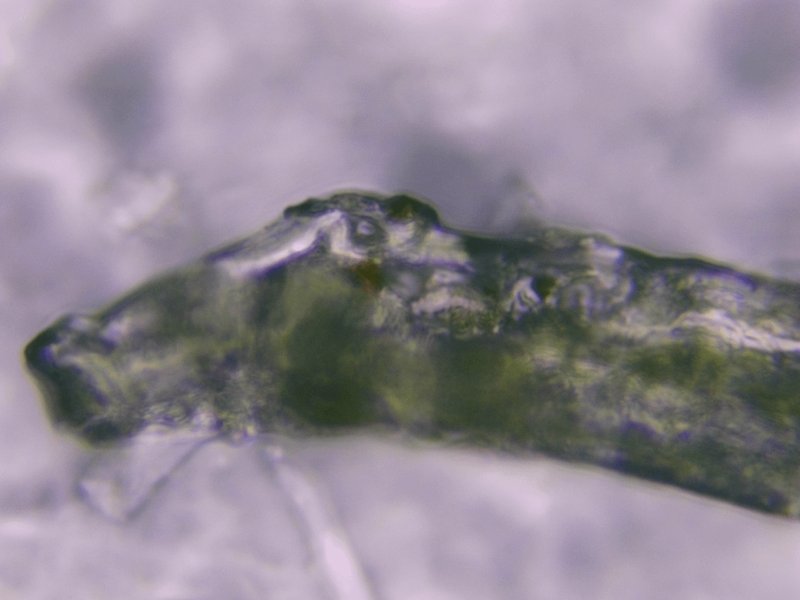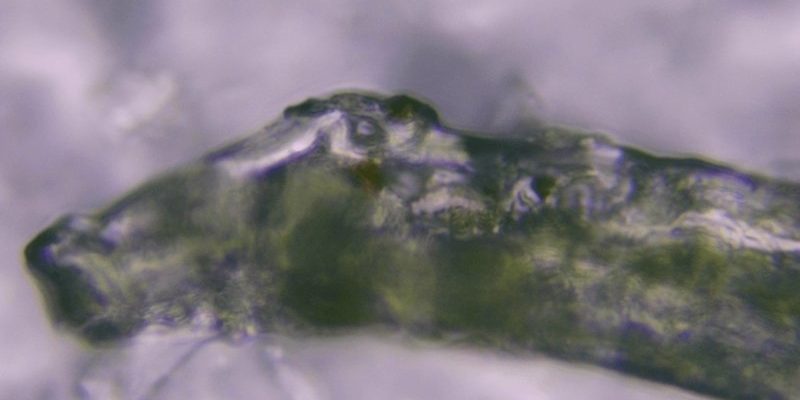
Whether you’re a budding naturalist or a seasoned scientist, understanding the seasonal patterns of nematomorph activity can feel a bit like piecing together a puzzle. It involves observing their behaviors, habitats, and even their interactions with other species. Think of it as diving deeper into a hidden world—one that holds secrets about our ecosystem and the intriguing lives of these little-known organisms. So grab a cup of coffee, and let’s unravel the mysteries of nematomorph activity across the seasons.
Understanding Nematomorphs: An Overview
Before diving into the nitty-gritty of monitoring, it’s helpful to understand what nematomorphs are. Often referred to as horsehair worms, these fascinating creatures belong to the phylum Nematomorpha. They primarily thrive in moist environments like streams, ponds, and even puddles. These long, thin worms can reach impressive lengths of up to several feet!
What’s truly captivating about nematomorphs is their complex life cycle. They begin their lives as tiny larvae inside insects, usually crickets or grasshoppers. Once they mature, they can manipulate their host’s behavior, prompting them to jump into water, which is essential for the worms to reproduce. This connection to their hosts and environment makes them an intriguing subject for monitoring seasonal activity.
As we move through the seasons, the nematomorph’s behaviors and habitats change dramatically. These transformations make it crucial to understand their needs at different times of the year, which we’ll explore in upcoming sections.
Spring Awakening: The Rise of Activity
Ah, spring! As the temperatures rise and the snow melts, nematomorphs start to emerge. During this season, you might notice them surfacing more frequently as they leave behind their insect hosts. The warmer weather triggers a surge in their activity levels, which can be fascinating to observe. You might find them slithering through the water or on wet ground, basking in the sunlight.
Monitoring them in spring usually involves looking near water sources. Check out puddles, streams, or even damp soil. Here’s a simple way to track their activity:
- Choose a location: Look for ponds or streams known for hosting these worms.
- Observe the water: During warmer days, look for movements or even their slender bodies in the water.
- Take notes: Keep a journal of your findings to notice patterns over time.
This season is essential for their reproduction, making it a critical time to monitor their activities closely.
Summer: The Peak of Activity
By summer, nematomorphs are in full swing. This is their prime time for activity. As they emerge from their hosts, they’re often seen wriggling around water bodies, seeking mates, and laying eggs. The heat of summer provides the perfect backdrop for their life cycle to continue unfolding.
During this time, monitoring becomes more about observing interactions. You might notice them swimming alongside other organisms like tadpoles or insects. It’s an opportunity to see how nematomorphs fit into the larger ecosystem. Here’s how to enhance your observation:
- Use a net: Gently scoop water from the pond to catch sight of these creatures up close.
- Watch their behavior: Note if they are engaging with other species and how they navigate their environment.
- Record your observations: Take photos or videos if you can; it’s a great way to document their busy summer lives.
Summer is an exciting time for both scientists and casual observers alike, so be ready to enjoy the show!
Fall: The Transition Phase
As the leaves change color and the days grow shorter, nematomorphs begin to prepare for the coming winter. Fall can be a tricky time for monitoring them, as their activity starts to decline. However, they still play a significant role in the ecosystem. During this transition phase, you might notice them burrowing into the ground or seeking shelter in leaf litter.
This is also a time for reflection on your observations from earlier in the year. Documenting how their behavior changes from spring to fall is vital for understanding their life cycles and survival strategies. Here are some tips for fall monitoring:
- Search for shelter: Look under rocks, logs, and piles of leaves where they might be hiding.
- Note temperature changes: Pay attention to how cooler weather affects their activity levels and habitats.
- Compare seasonal notes: See how your spring and summer observations differ and analyze any patterns you find.
Understanding their adaptations during this season is crucial for grasping their full life cycle.
Winter: Dormancy and Adaptation
Winter brings a stillness to the environment, and for many nematomorphs, this means a period of dormancy. They often find ways to survive the colder months—some may even enter a state of suspended animation. During the winter, they tend to stay hidden, which can make monitoring challenging.
However, knowing how to look for signs of their presence can help. Here are some strategies to employ in winter:
- Check frozen ponds: If conditions allow, look for cracks in the ice where they might emerge briefly.
- Investigate soil samples: Digging in damp soil near water sources can reveal hidden nematomorphs.
- Watch for thawing events: Early spring thaws can bring them out, so keep an eye on warmer days.
Winter monitoring may require a bit more patience and ingenuity, but it can provide critical insights into their survival strategies.
Tools and Techniques for Monitoring
Now that you know how nematomorphs behave through the seasons, let’s talk about some practical tools and techniques for monitoring them. You don’t need fancy equipment, just a sense of curiosity and a few items to help you observe their habitat better.
You might consider using a field notebook to record your findings at each site. Keeping a consistent log can help you track changes in activity over time. Additionally, having a simple magnifying glass can be useful for examining smaller details, like the texture of their bodies and their movement patterns.
Another handy tool could be a digital camera or smartphone. Capturing images will not only help you share your discoveries with others but also allow you to review and analyze your observations later. Don’t forget to pair your findings with the weather data—temperature, rainfall, and light conditions can all influence nematomorph activity.
Why Monitoring Nematomorphs Matters
You might be wondering why all this monitoring is important. Understanding nematomorphs gives us greater insight into aquatic ecosystems and their health. These creatures serve as indicators of environmental changes and can reflect the overall state of our water systems.
By keeping track of their seasonal activities, we can learn about the impacts of pollution, climate change, and habitat destruction. Plus, who wouldn’t want to deepen their appreciation for these unique organisms? Every observation contributes to a bigger picture, helping scientists and nature enthusiasts alike understand the delicate balance of life on Earth.
In conclusion, whether you’re out in the field or simply observing from your window, monitoring nematomorph activity across the seasons is a rewarding journey. Each season brings its own set of challenges and discoveries, making it an exciting experience for anyone interested in the natural world. So, grab your notebook, some friends, and start exploring the mysterious lives of nematomorphs—one season at a time!

